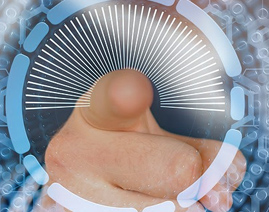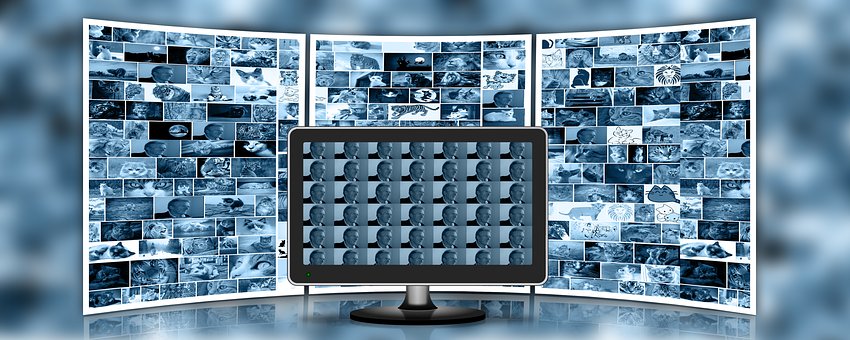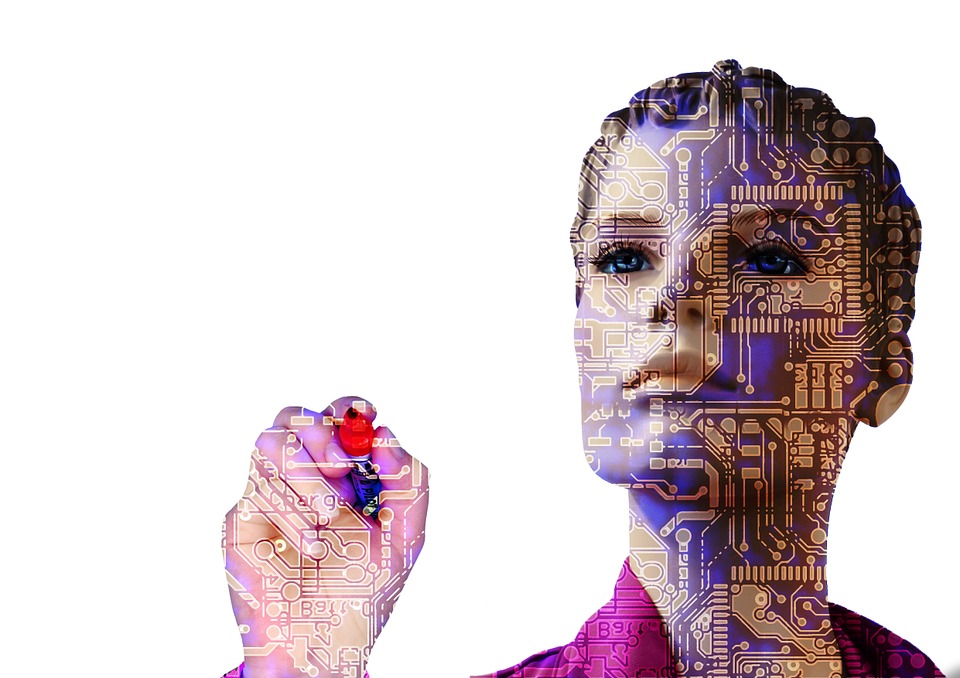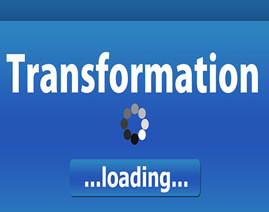Importance of IT Resilience
Importance of IT Resilience
- Disclaimer: The posting written here is solely of my own comment and feedback based on my experience in IT for more than 15 years and is not meant to link to any companies, organisations, etc that I am involved with.
Many Malaysians would have been aware that Malaysia Airports Holdings Berhad (MAHB) had a major IT disruption for both KLIA and KLIA2 as well as areas around it that connects through them (>https://www.thestar.com.my/
Such major downtime that happened on the night of 21st August and until the time I am writing this article, the Total Airport Management System (TAMS) network is still not fully restored.
This major downtime shows that how important an IT infrastructure is build to support critical business services such as an airport. It is important that every organisation or IT infrastructure must have redundancies or least a backup or contingency plan in place in event such major IT failures.
Most IT teams faces challenges in getting funding for IT because most company management question the Return on Investment (ROI) versus the money invested in various different systems. While some business applications would provide ROI and improve productivity, most IT infrastructure does not immediately show value. In many of the organisations I worked with, the most common question asked is if there is no IT problems, why should I be spending this money?
It is tough for any IT head or teams to get approval on funding to ensure that proper IT systems and infrastructure including providing redundancies and backup because in most cases there are usually no major issue experienced for a period of time. However, when major IT issue does happen, most often the cost of recovering from the downtime is more than the initial investment put into the infrastructure, maintenance and support. By then, it would have been too late and it will cost the organisation more money to rebuild the systems. Most IT don't spend for the sake of spending but not to keep everyone awake at night.
The other factor is that old legacy systems must be replaced when its due. Hardware normally have a lifespan for 6 to 8 years depending what kind of hardware it is. The replacement lifecycle must be adhered to in order to ensure systems run smoothly for the organisation.
In the case of MAHB recently, it looks like the teams are quite prepared for any downtime and ready to swing in action of running the entire airport manually. Now this is important as in current days we are so heavily dependent on systems that most often we cannot run manually. Which brings me to a point where I always emphasize to my colleagues in past and present work place, the importance of testing and running manually regularly so that they are familiar with all the manual process in event such similar major downtime occurs. Having regular test run on running manual without system helps prepare users to operate manually without system and get them prepared for any possible downtime. This will ensure business can run as usual while IT teams work on restoring services.
Do note there is no guarantee that event with proper IT infrastructure setup with redundancy as there are times where redundant systems also failed simultaneously and this is the case for MAHB core switch where both failed at the same time, which is unusual. Many analyst suspect that this could also be due to cyber attack or security breach where someone has attempted to bring the system down, though this is unconfirmed until MAHB releases update on the root cause. It is also important that all organisations put high priority in ensuring cyber security is taken care of and secured. Appoint a proven vendor to help perform IT security risk assessment of the entire organisation and close the gap of any findings quickly to ensure you have your systems secured.
One final factor I would point out is that there must be proper maintenance and support in place with vendors and with proper Service Level Agreement (SLA). This will safeguard the organisation and have the ability to get help immediately. Vendor management and relationship is also very important as you will never know when you need their help urgently.
I hope we can all learn from MAHB's major IT system disruption and start reviewing our organisation's IT infrastructure and ensure that proper contingencies and recovery plan is in place.
You May Also Like

Install These Free Security Tools Now!
Have you heard of intrusion detection systems? Also known as IDS, this software is often used to det...

Crowdfunding drives unprecedented efficiency
Crowdfunding has become the center of attention in the field of financing. It is also an increasingl...

Everything As a Service
Transition from Capex economy to Opex Economy World is in a transition from Macro to Micro. Granula...

IoT in Malaysia – 2019 Predictions
The year 2014 is when Malaysians started to Google the term “IoT” and ever since, the hy...

The business case for 5G
As of 2018 ,33 MNOs have been involved in 5G trials within Asia Pacific, accounting for 44% of 77 tr...

A New Face On Digital Transformation: Engagement Innovation
Whether we believe it or not we are in the fourth industrial revolution – The Digital Revoluti...

Technology & Competitive Data Analysis More Money – More Competition; everyone wins
Technology & Competition – More Money, Better Deal for Consumers & Companies – H...

Anatomy of Fintechs that’s redefining Financial services business models.
On a weekend in 2013 during monsoon I invited my friend and his family for a dinner at my place. It ...

Blockchain Taxation
World has paid a heavy price for trust, transparency, controls and accountability. Globally there i...

Why Is CDR / CDNR So Important?
Addressing the Fundamental Deficiency in Today’s Mainstream Cyber Security Strategies From Det...

CIO Business leadership - shifting from tech to business leadership
CIOs are no longer technocrats, they are business enablers and crucial part of organisation. CIOs sh...

Ideas and Opinions | 5G as an Enabler of Smart Cities
When 5G comes to mind these days, we think of “is this REALLY it?” and “have we re...

Lessons in Machine Learning
More organizations are using machine learning for competitive reasons, but their results are mixed. ...

Digital Indoor System: Critical Infrastructure for Digital Economic Transformation
Digital Indoor System: Critical Infrastructure for Digital Economic Transformation Developme...

The Changing DNA of the CIO CIO as Business Enabler
The idea that the role of the CIO has now gone beyond technology and innovation related issues, and ...

Today's Digital Miners
Today's Digital Miners I guess by now everyone of us who have read an article or two on digital...

Digital Transformation Readiness Test for Banks
Digital Transformation Readiness Test for Banks The questions banks need to try to answer to test ...

What is Machine Learning
What is Machine Learning? According to Tom Mitchell, a professor at Carnegie Mellon University has d...

Transformation of industry verticals through 5G – Focus and Look Indoors
Transformation of industry verticals through 5G – Focus and Look Indoors Now that 5G is...

Humanize Technology - back to the basics of serving human needs, humanly
Humanize Technology - back to the basics of serving human needs, humanly The subjects of Digital Tr...

Creating the foundation for Sustainable Innovation
Creating the foundation for Sustainable Innovation In 2011, Marc Andreessen famously proclaimed tha...

About Tech Data Diversity And Inclusion
About Tech Data Diversity And Inclusion I am excited about attending the Hispanic IT Executive Coun...

Digital Transformation: Customer Centricity & Intimacy
Digital Transformation: Customer Centricity & Intimacy It was inspiring listening to IMD Profess...

Is Industry 5.0 putting humans back in the center
Industry 4.0 focused on the machines. Is Industry 5.0 putting humans back in the center? I was on a...

Implementing a SaaS Solution – The 3 Major Technical Challenges
So when are you planning to implement a SaaS (Software as a Service) solution? Very soon, if not alr...

So you want an #Innovation Hub?
Innovation, Design Thinking, Digital, Disruption, Agile, Transformation - these are new buzz words t...

The Unsung Hero; The Data Scientist
It is quite likely you are wondering ‘what on earth’ am I on - for cooking up such a tit...

How POC projects made me a better Project Manager
How did I get here? Project Management is a tough job. We need to keep a track on budgets, timeline...

How Data and AI can help in COVID-19 crisis
Since the first report of coronavirus (COVID-19) in Wuhan, China, it has spread to at least 100 othe...

Building thriving business partnerships with Open API
Apple and Google recently collaborated to assist in enabling contact tracing and reducing the spread...

The Future of Indoors with Digital Indoor Systems
Digital Transformation, 5G, and COVID-19 have triggered further growth in indoor traffic Digital tr...

Seizing Opportunities in the ICT Sector
The Increased Pace of Digital Transformation Automation, digitalisation, artificial intelligence (A...

CoVID19, Digital, ML
CoVid19 hit us and has now created the “new Normal” in terms WFH, Video conferences, bal...

Do we really need CEOs, CFOs, and CIOs?
Why CMOs and CTOs are all you need to succeed in today's world This is my first article in a se...

Cinématographe by the Lumière Brothers & History of AI
The Lumière brothers, Auguste and Louis, French inventors and the pioneer manufacturers...

Avenues To Expedite The Incorporation Of 5G Into Industry
5G has been launched in Asia Pacific. South Korea, China, the Philippines and other countries have b...

4G/5G Fixed Wireless Access: A Critical Revenue Growth Engine
In studying key success factors of solutions, it can almost always be shown that the underlying conc...

Big Data Machine Learning IoT and PI
In the era of the Internet of Things (IoT), an enormous amount of sensing devices collect and genera...

Asia’s Plan To Leverage 5G Is Missing A Regional Strategy
The day the world’s first commercial 5G services promised a “great leap” is still ...

Learning from #COVID19…Would remote working be the new normal?
Musings of a Technology Evangelist In the past few months, we have all learnt many new terms&hellip...

Principles of Sustainable Cybersecurity
In past few years the annual rate of cybersecurity breaches has almost been doubled, and as a result...

Data Governance a key element for Digital Transformation
For the last few years, corporate environment, used to speak and hear lots of financial/management t...

Seven Traits of a Millennial CEO
With a staff strength and annual turnover in the order of billions and trillions respectively, Chris...

What is a Pass Key and Is Now the Time To Adopt Them?
What is a Pass Key and Is Now the Time To Adopt Them? There has been recent news about a mass...








Julian Wong
Group Chief Technology Officer, Ormond Group
Julian is an accomplished, versatile Senior Technology business partner with repeated success guiding business strategies with established and emerging technologies to achieve maximum operational impacts with minimum resource expenditures. His career portfolio is comprised of such noteworthy entities as Ormond Group, Marriott International, Starwood Asia Pacific Hotels and Resorts, Sheraton Imperial Kuala Lumpur Hotel and Le Meridien Kota Kinabalu. While his demonstrated aptitude has been in the hospitality and security/surveillance spaces, he possess a wide array of transferable skills suitable for any number of focuses